The Tudor family ruled the Kingdoms of England, Wales, and Ireland from 1485 through 1603, and Henry VIII and his daughter Elizabeth I remain the most famous (or infamous) monarchs from this 118-year run. Today, they’re still viewed as two of the strongest monarchs in England’s rich history. During the Tudor era, England flourished in nearly all areas: arts, exploration, architecture, education. Though the dynasty ended when Elizabeth I died childless, the Tudor impact and influence on England’s history carries on.
Also of note: while Tudor history can be grim and gory, each of these spots is surprisingly kid-friendly, often with event schedules that cater to the smallest history buffs among us.
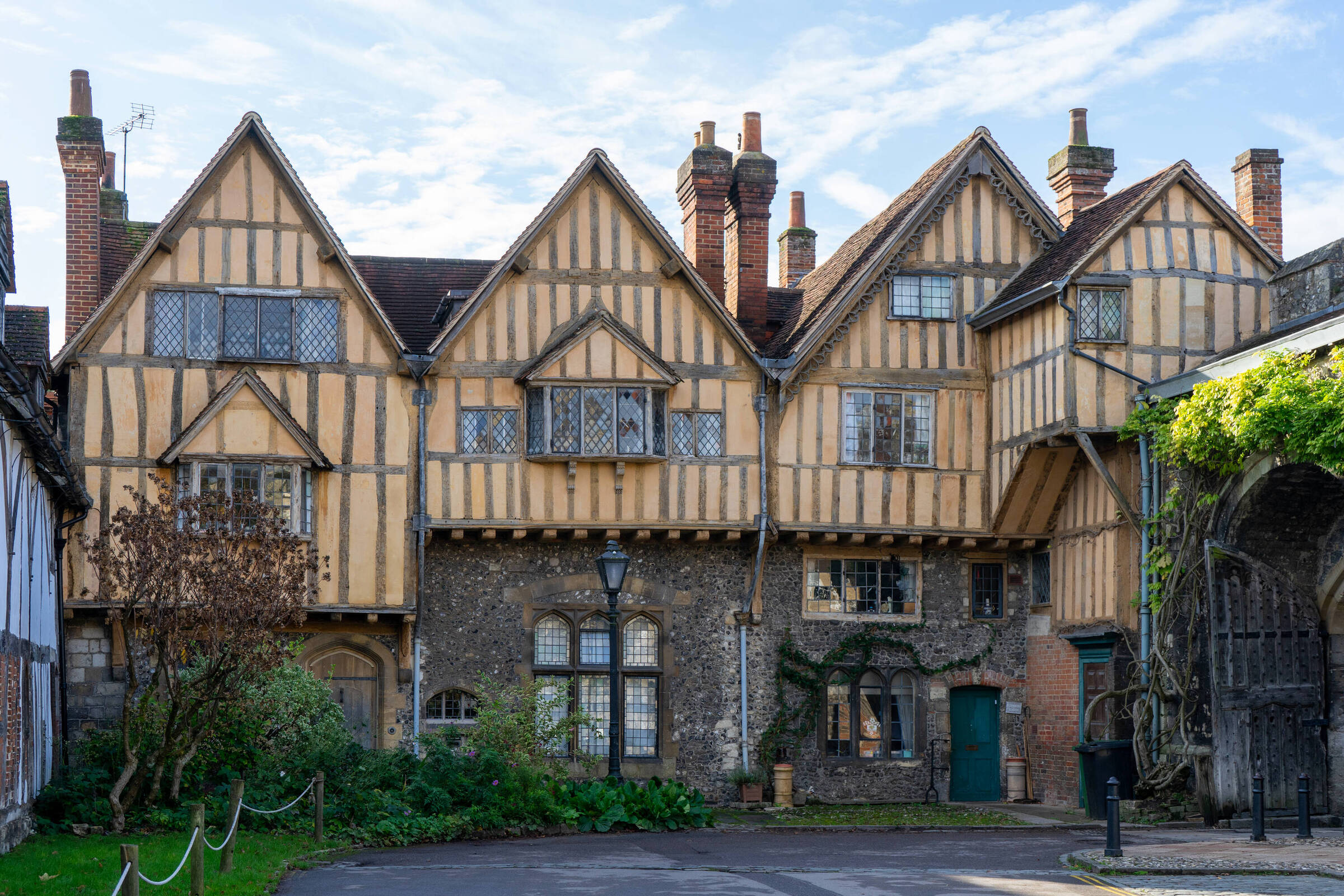

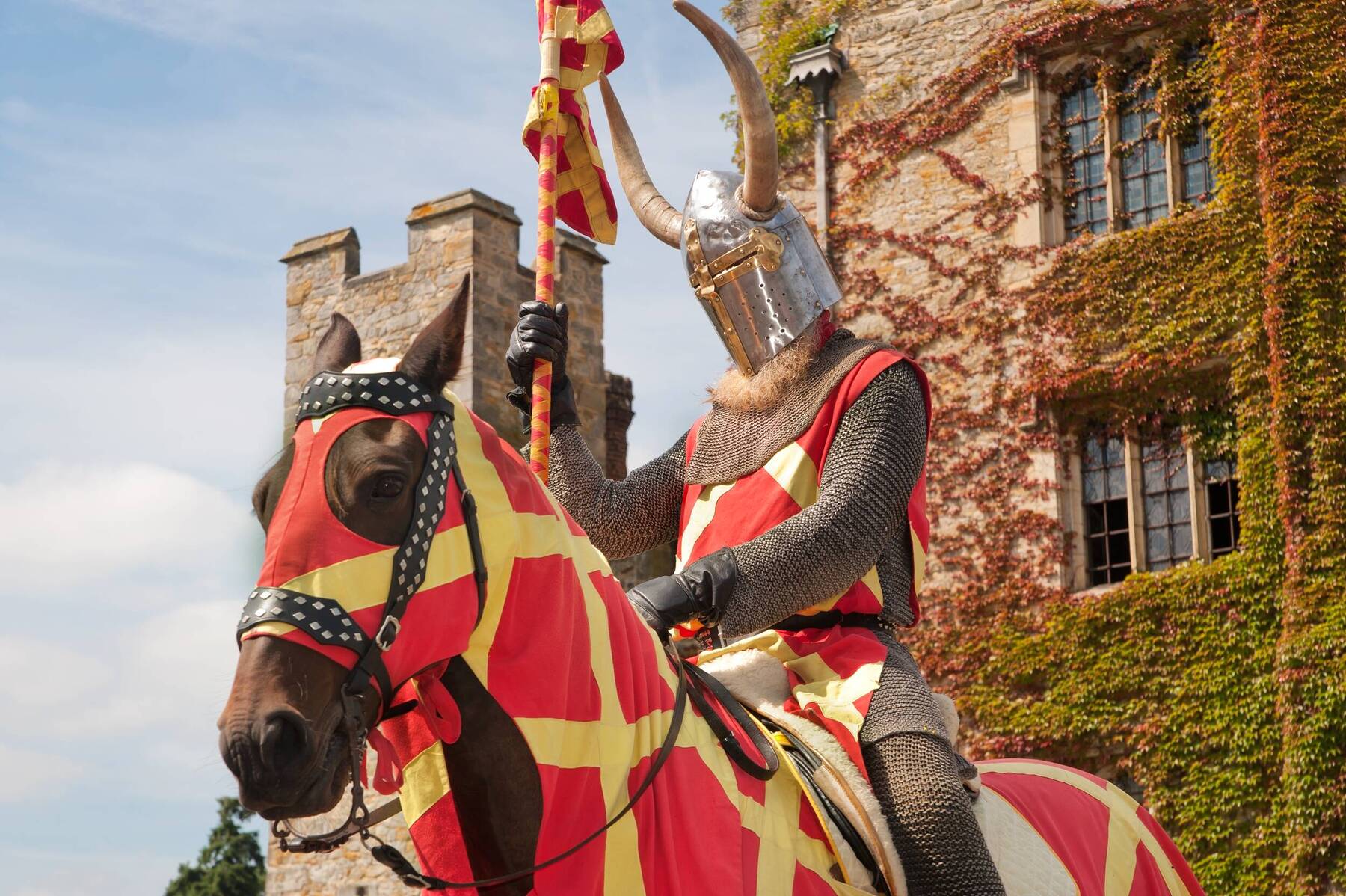

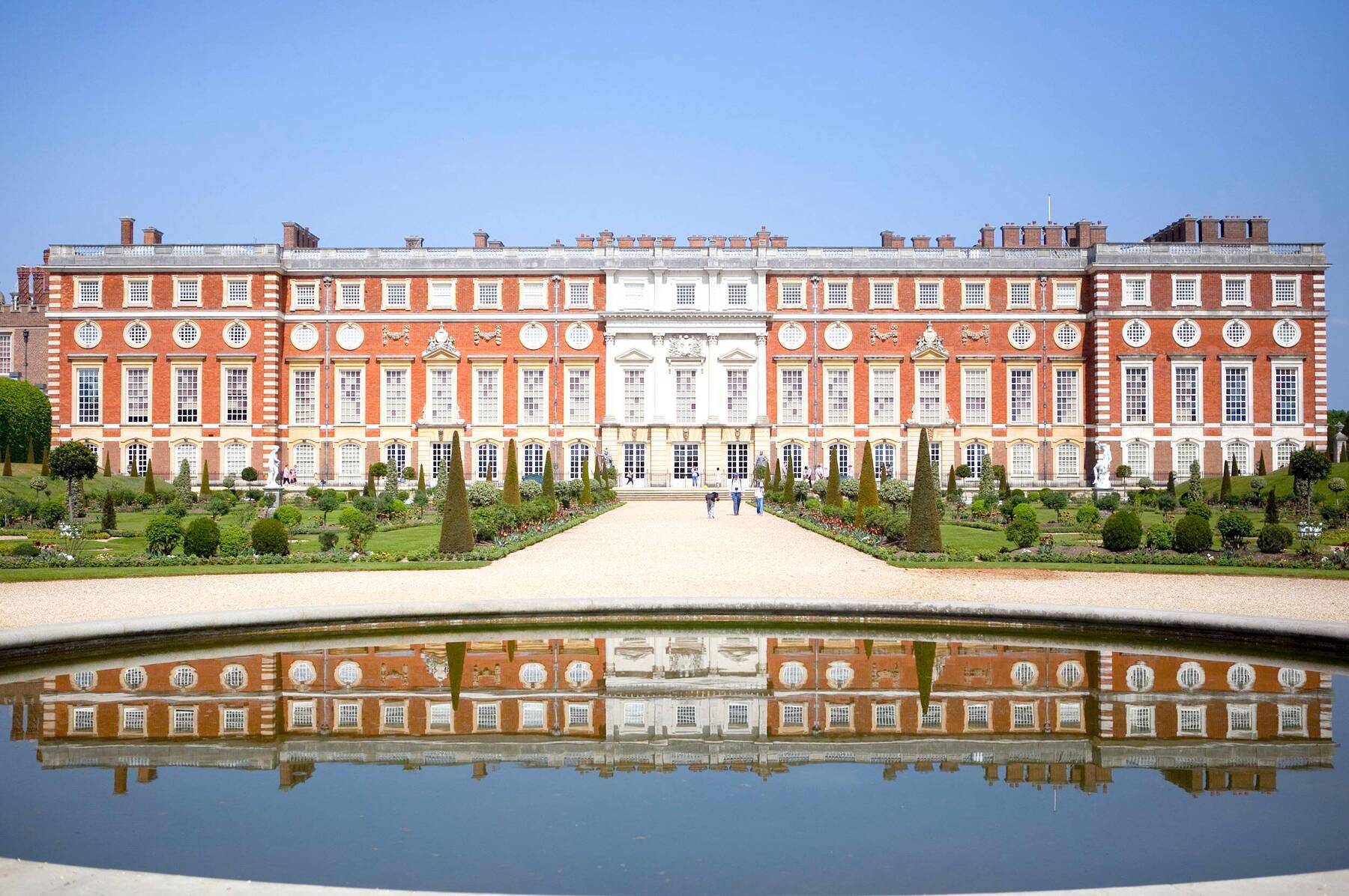
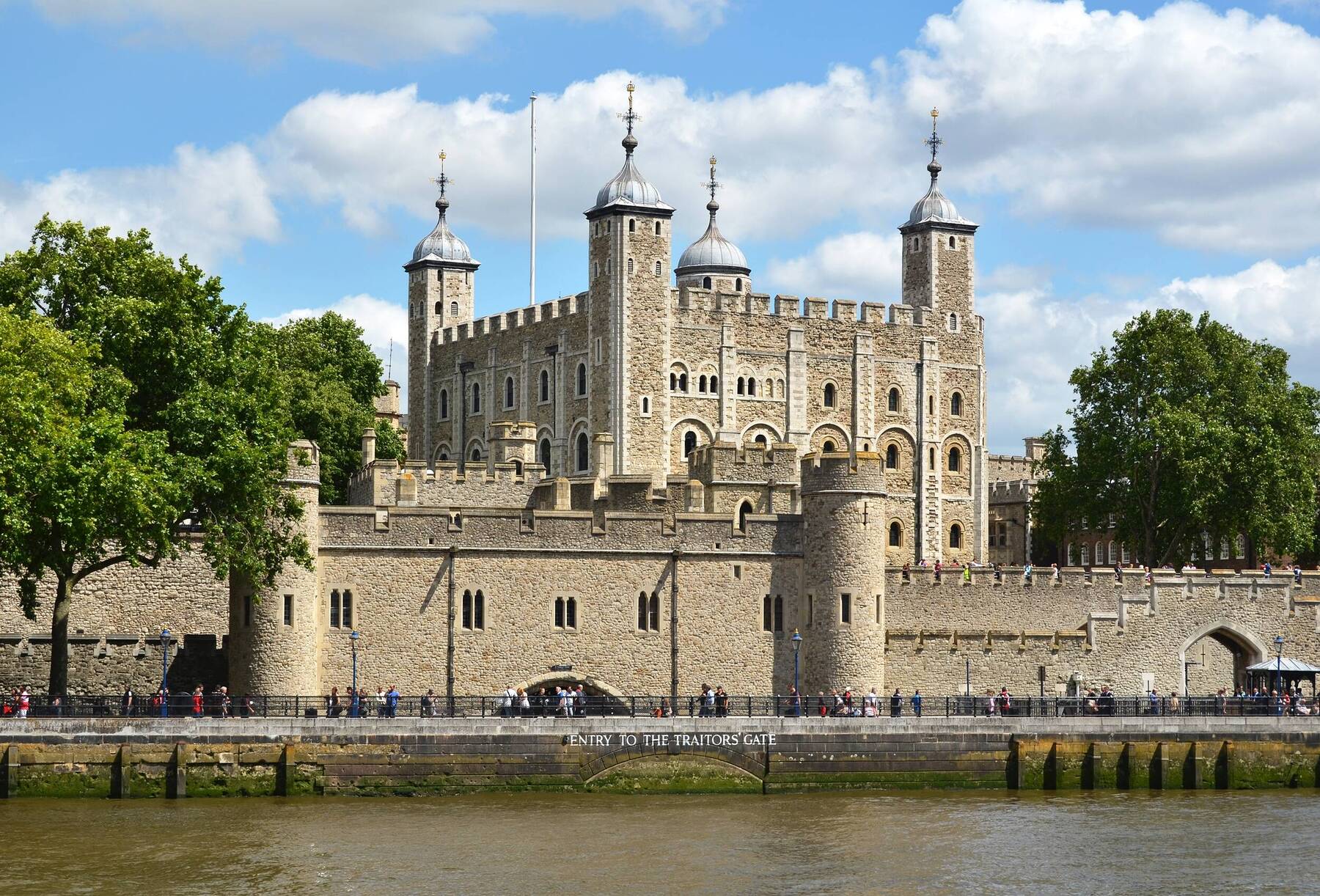
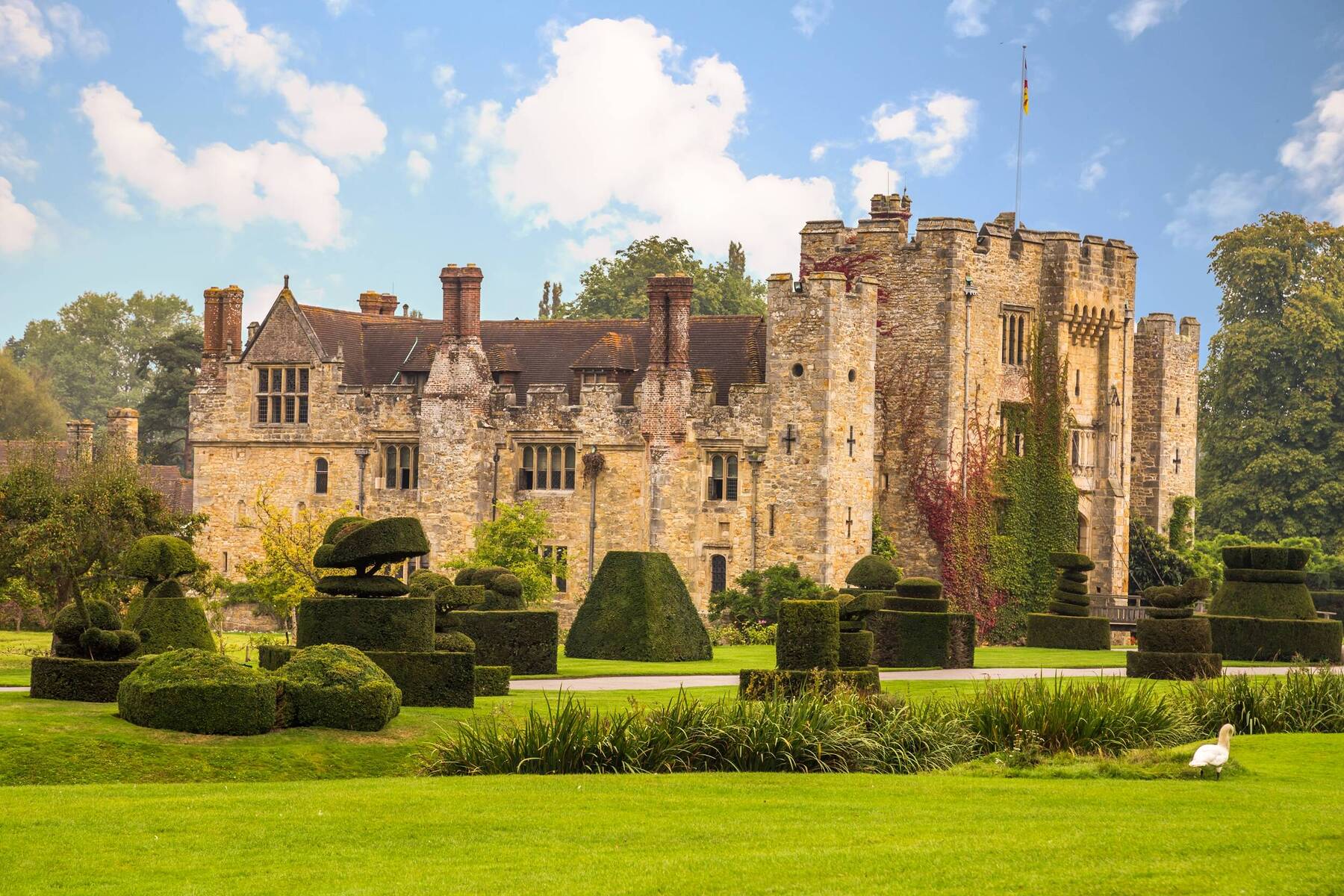
















Comments